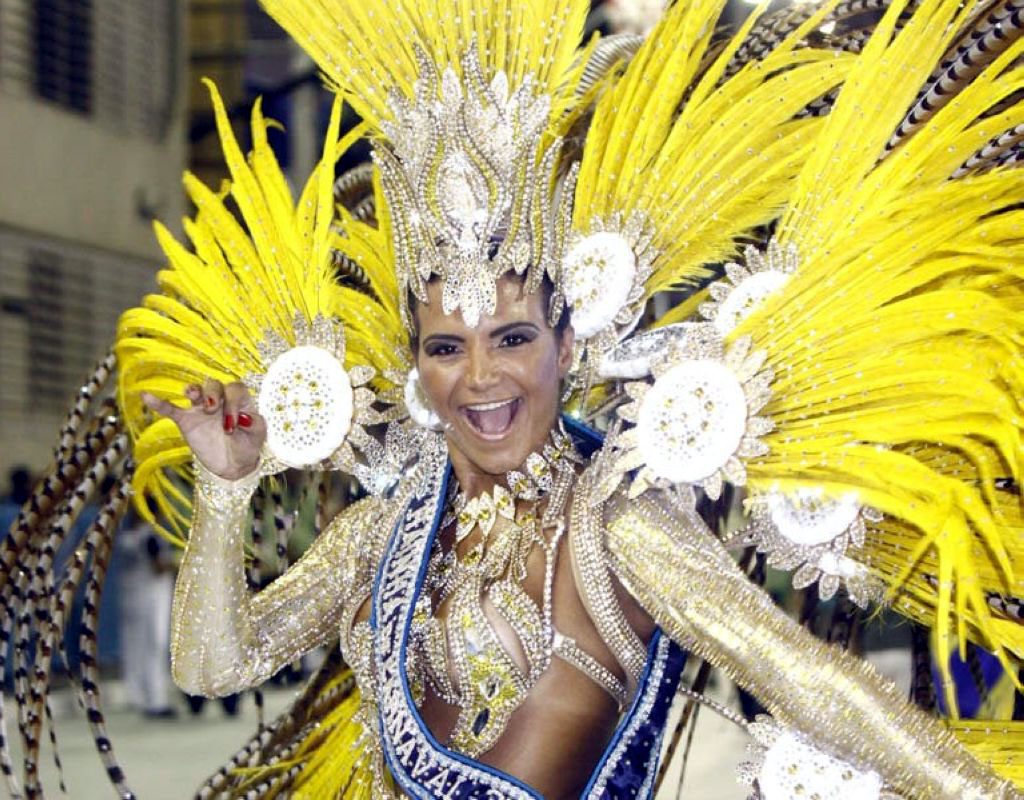

Relax the knee arches and keep them soft and bouncy throughout. The music tempo is medium and filled with rhythmic drum beats. The dance style is straight, slower and does not have much more moving back and forth than the other styles. This style, which originated in Bahia, is considered the 2nd most popular samba style. introducing new instruments to samba music, and starting to add more irony and slang into the lyrics. It is similar to samba de gafieira in that it incorporates slower movements with less athletic ones. The Pagode style is a slower, more intimate style that originated in the city of Sao Paulo. In the early 1980s, pagode music originated. This type of samba is a combination of influences from traditional samba and has developed its own unique style over the years 4.Samba Pagode While similar styles of dance differ from their origins. It is a duet/couple dance that moves all around the dance floor. Samba Ballroomīallroom samba is part of the international style of ballroom dancing. The body has to remain straight throughout the end of the dance, and the stepping is done with only one leg at a time. The tempo of the music varies, but three steps are always included in each segment of music.

Samba Pessoa is a solo type based on basic 2/4 rhythm, considered to be one of the most popular forms of style today. including athletic movements depending on a short-long rhythm. Samba de Gafieira is referred to as “Brazilian tango’ because most of the moves and the steps are inspired by Argentine tango. Often performed in clubs and discos, it is a duet dance that is incredibly difficult. In the 1940s, this style of samba became popular. Apparently, the major elements included in this style of dancing have been mainly derived from dances belonging to countries such as Angola and Congo.

It is thus the influx of large number of Africans into the Brazilian society that led to samba eventually being created. This dance form was created during the 16 th century when slave trading between Africa and Latin America was at its peak. The various forms of “Samba” are Samba No Pe, Samba De Gafieira, Samba Pagode, Samba Axe, Samba Reggae, Samba Rock, and Samba Rode. This Brazilian Samba dance form does not consist of a set template, and hence basically comprises of different styles that minutely vary from each other. This ‘Latin American’ dance is said to have originated during the 16 th century from Brazil. Brazilian Samba dance is considered to be ‘Afro-Brazilian’ in origin and is a renowned and very sensual dance style.


 0 kommentar(er)
0 kommentar(er)
